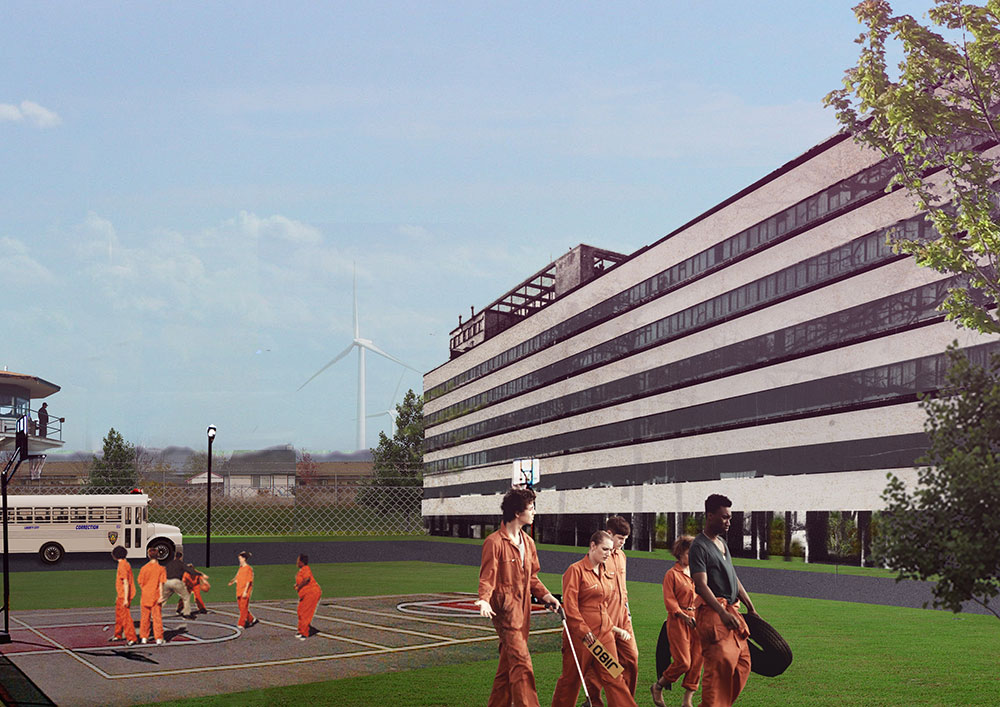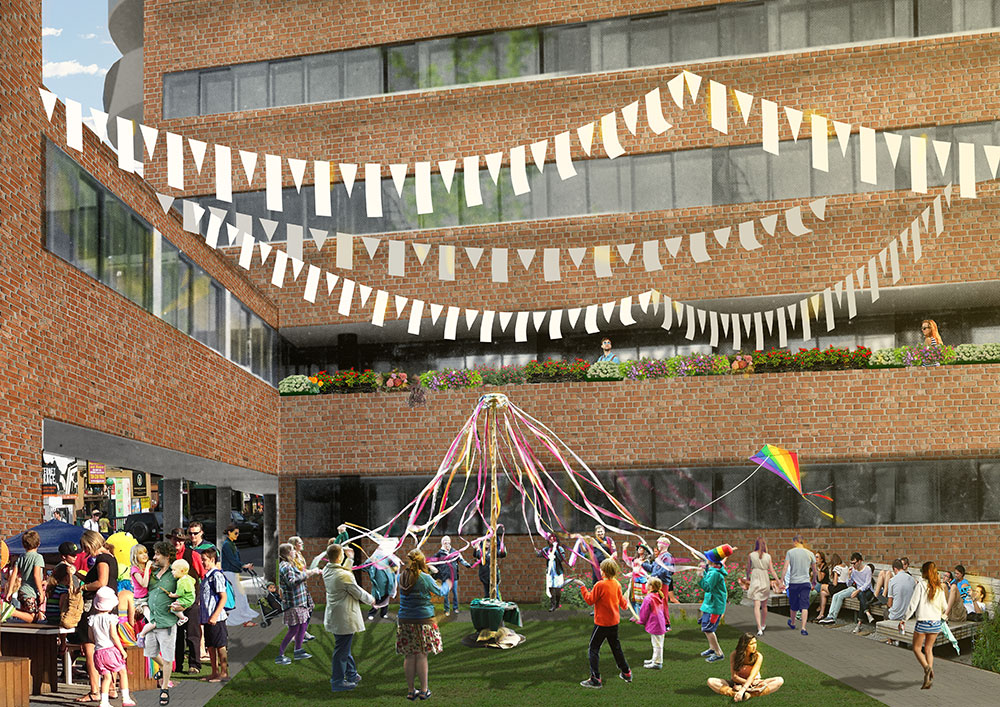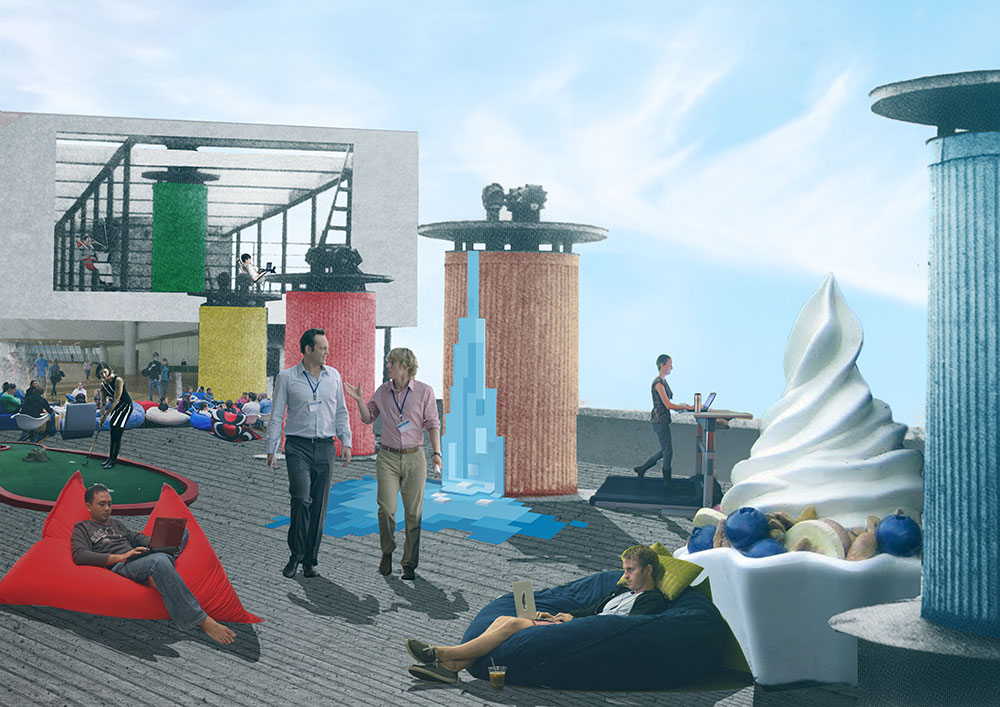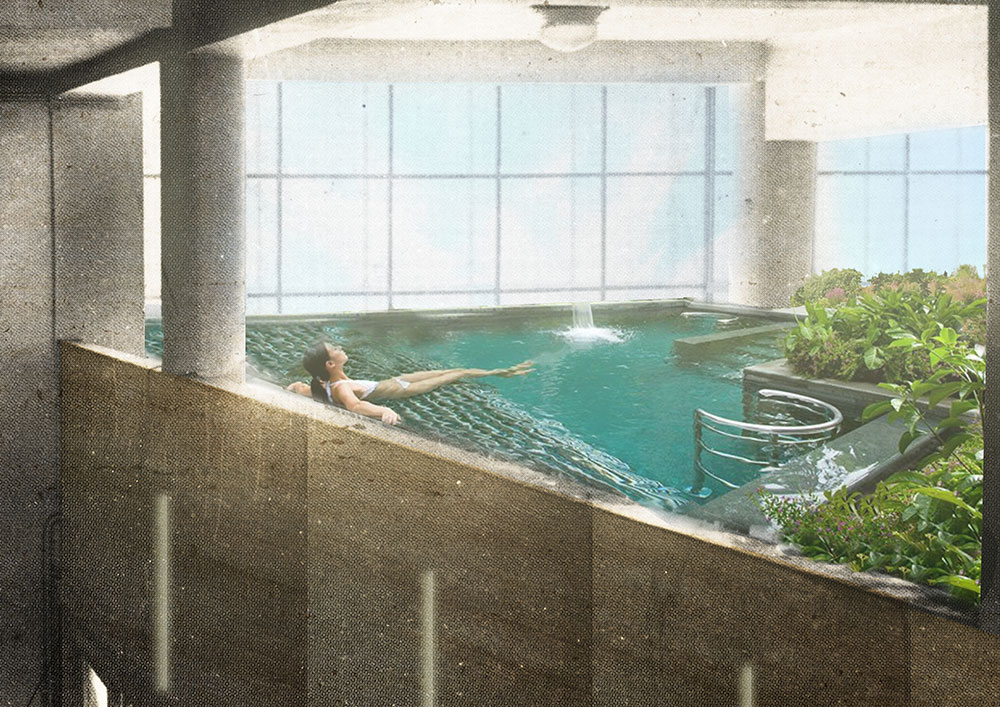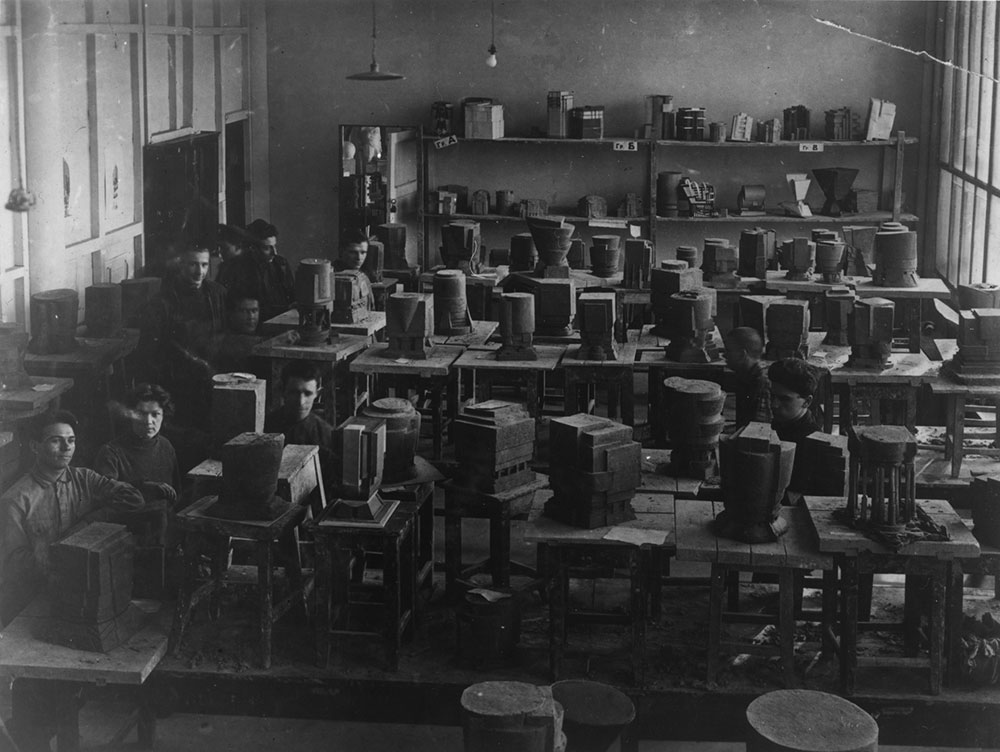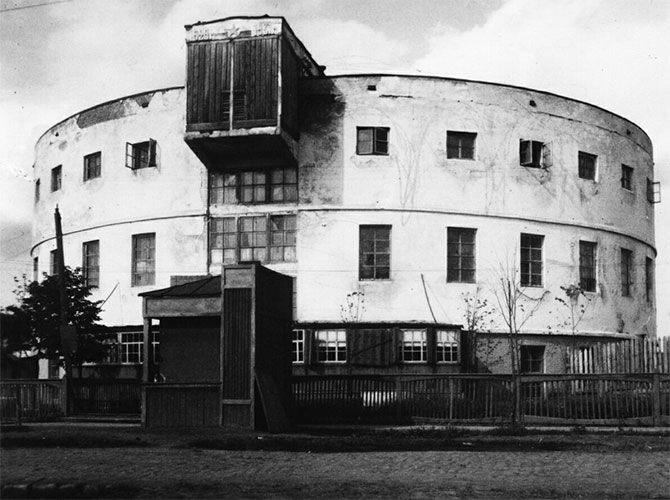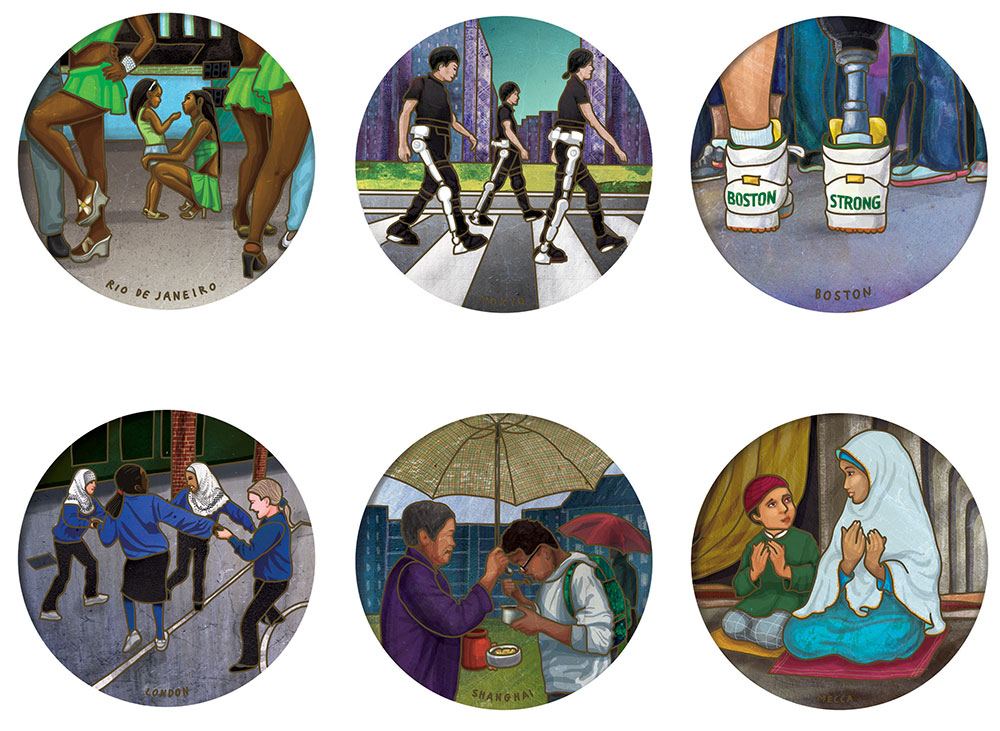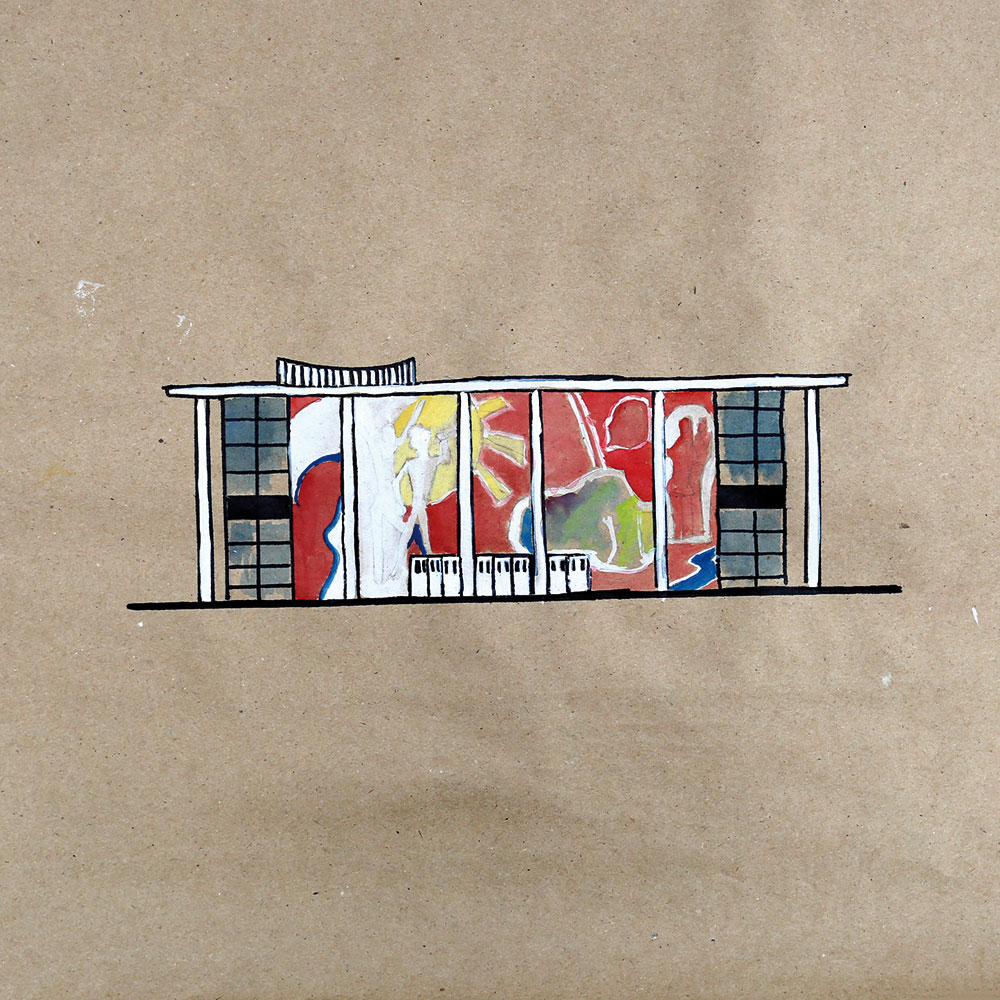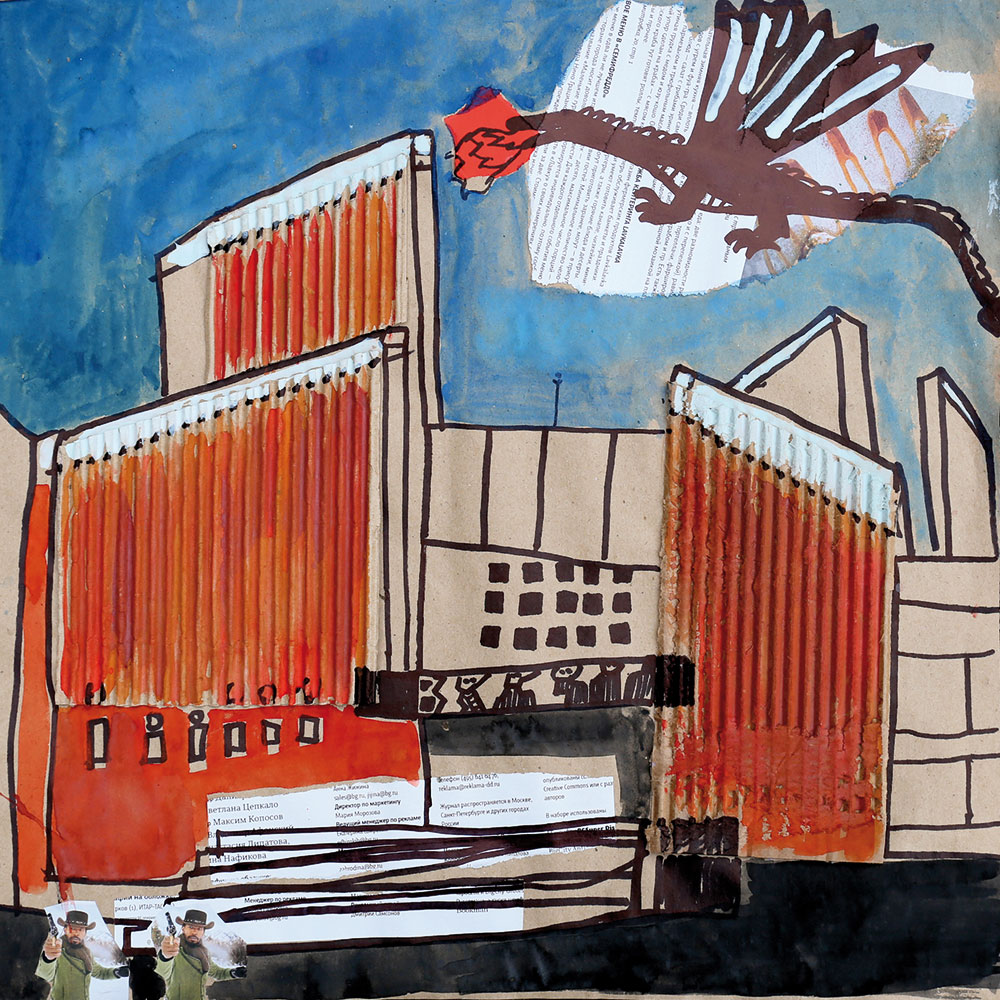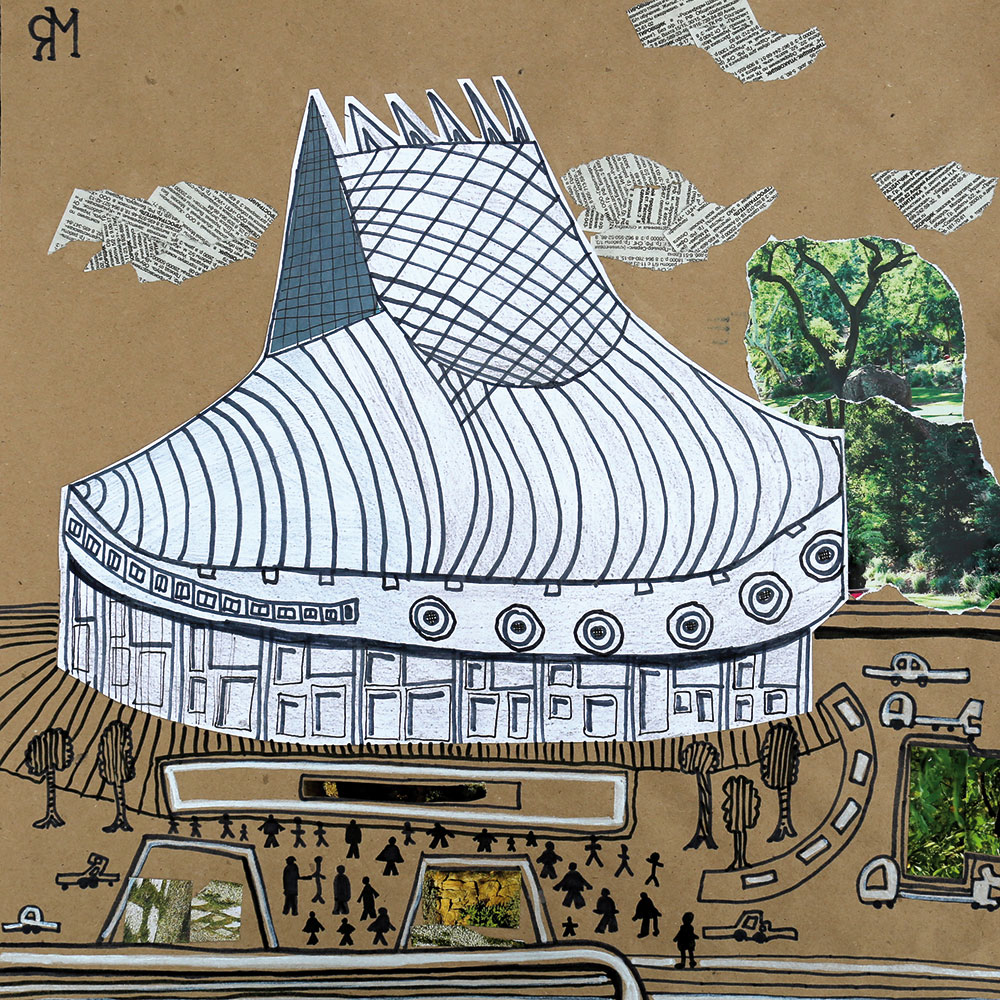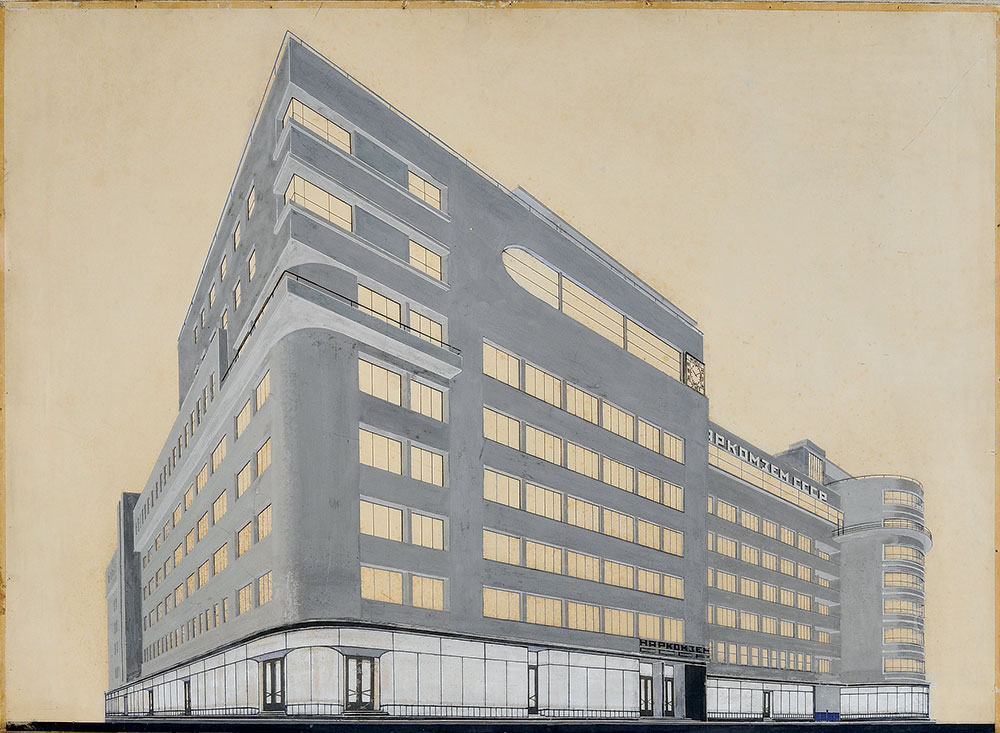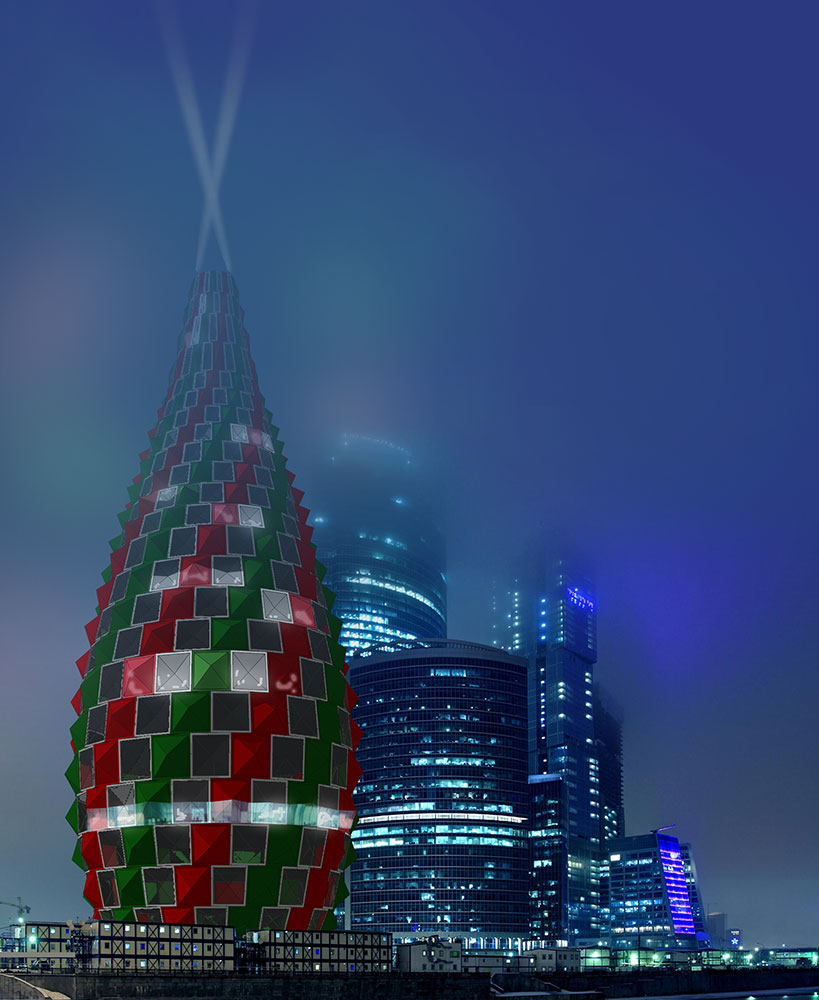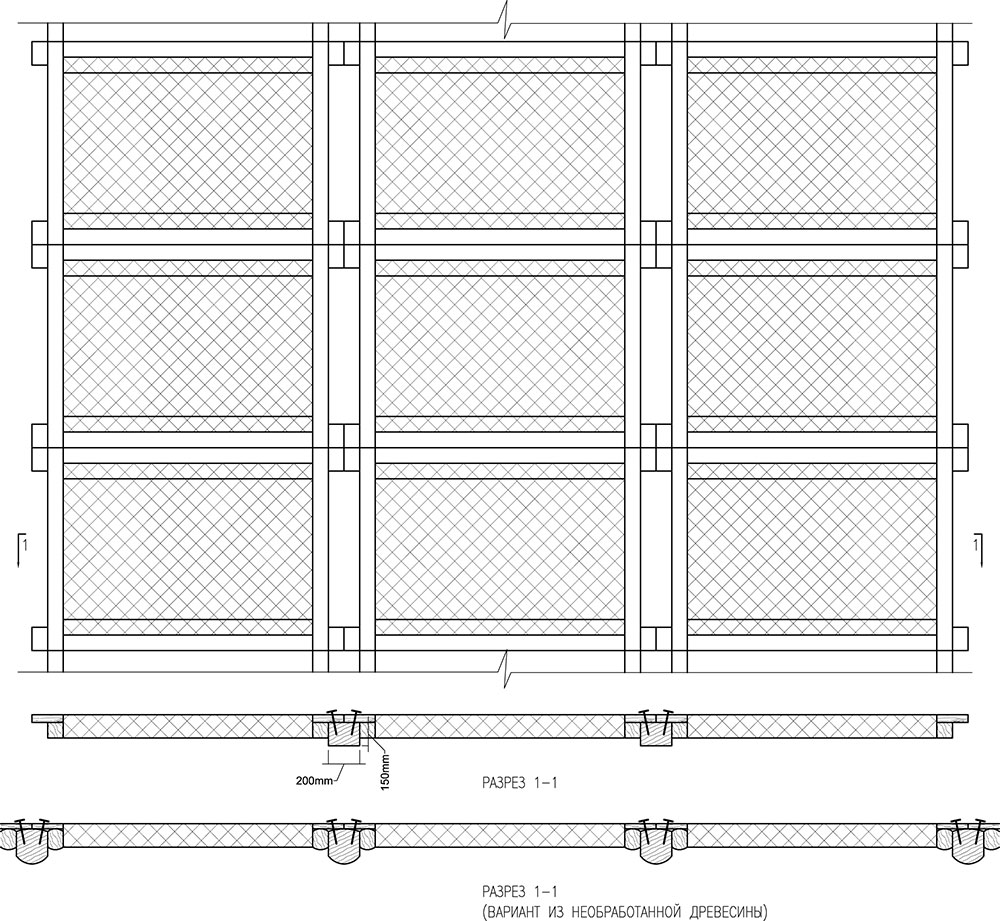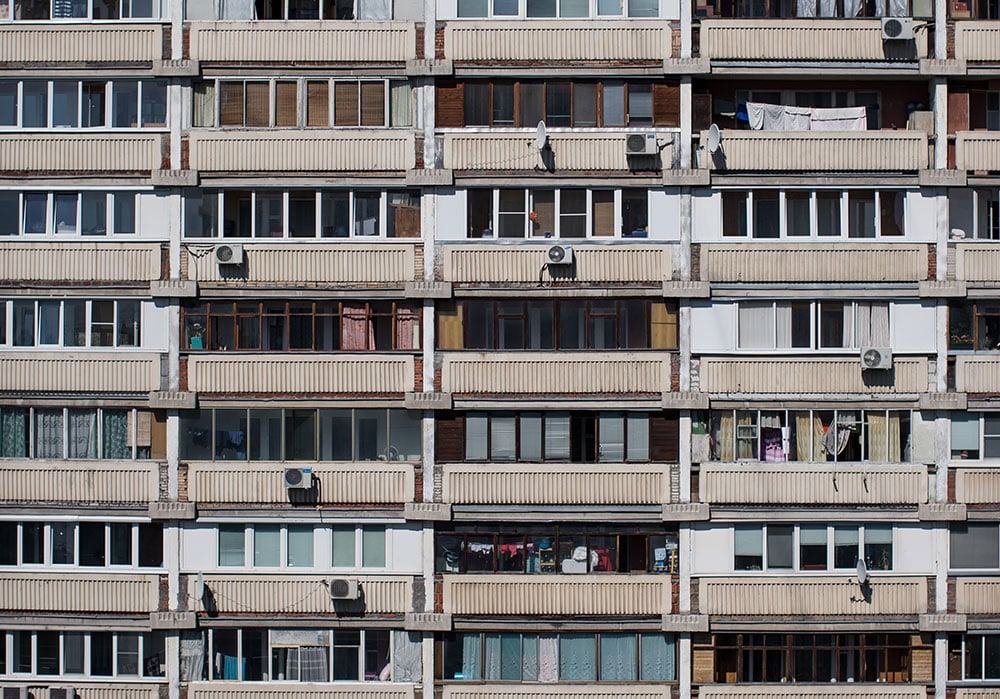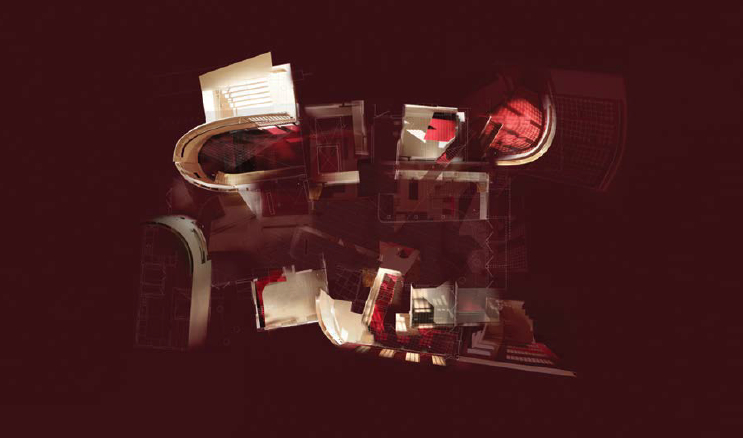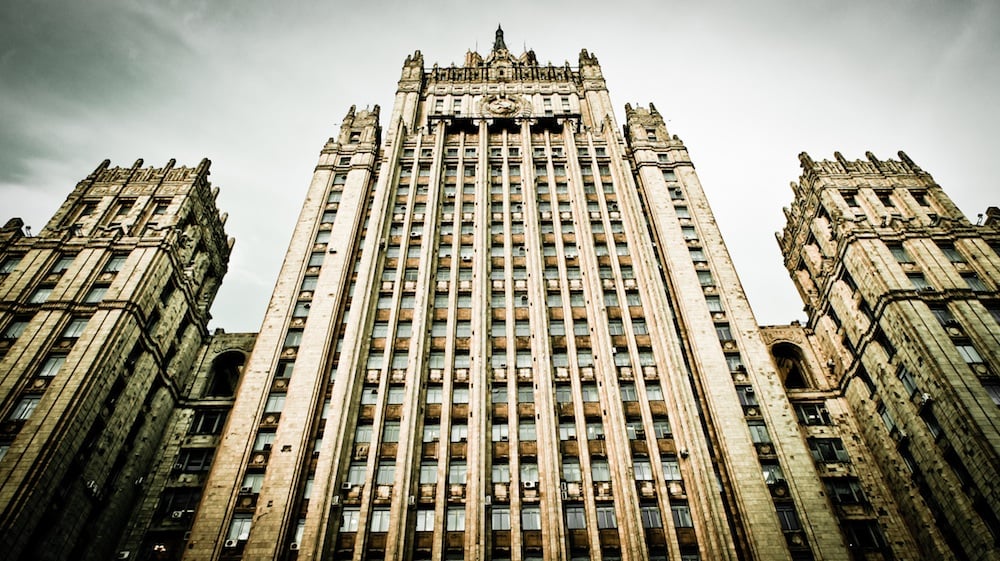Fair play: history and humour in the Russian Pavilion at the Venice Architecture Biennale
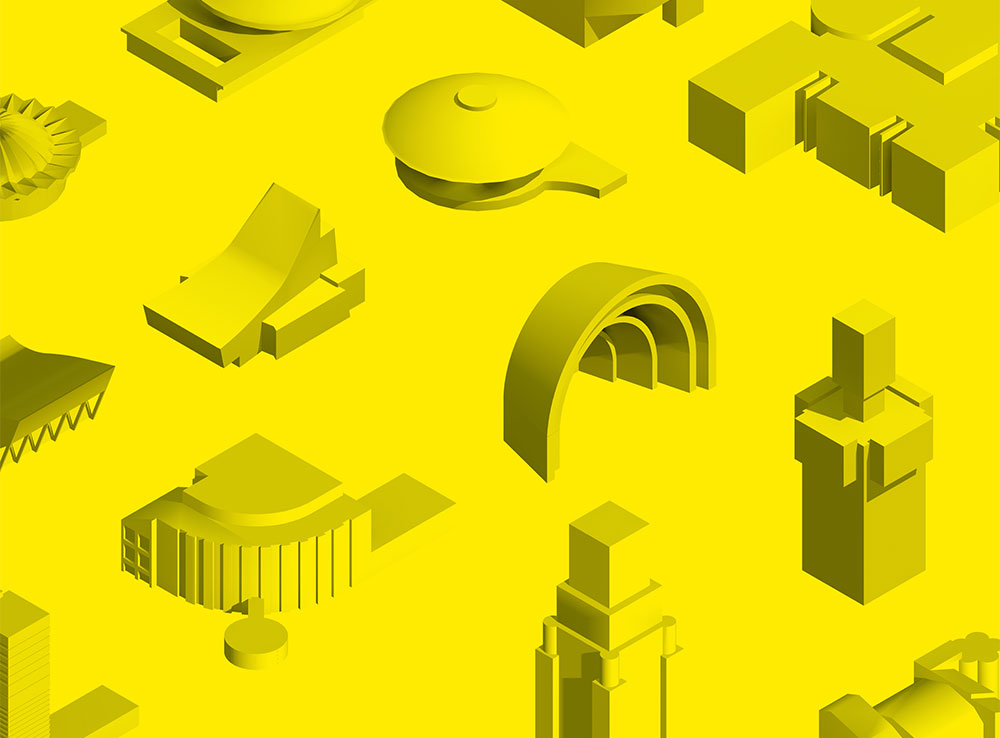
Friendly, funny and subversive, the Russian Pavilion at this year's Venice Biennale presents a fresh take on Russian architecture's past and present. Curator Brendan McGetrick explains his vision
As told to Nadia Beard
The theme of this year’s Venice Architecture Biennale — Absorbing Modernity: 1914 to 2014 — was a great incentive to delve back through the annals of architectural history. The concept, which was given to all pavilions by the biennale director, Dutch architect Rem Koolhaas, emerged from his observation of the uniformity of architecture over the course of the 100 years in question. Once nationally specific and recognisable, architecture has given itself over to modern global design and materials, which ends up making the central business district in Moscow indistinguishable to its counterparts in Shanghai, Saõ Paulo or London.
Rather than use the content of our show to disprove this observation, the pavilion’s curators, Anton Kalgaev, Daria Paramonova and I, responded by using the concept of the show itself as our stimulus: we made the Russian pavilion into an international trade fair — the ultimate manifestation of the kind of standardisation Koolhaas has identified. International trade fairs are the place where the technologies, services and products that have all helped to standardise architecture across the world are introduced and exchanged. We replicated the environment of a trade show inside the pavilion as faithfully as possible, but instead of displaying products, we created a trade show of ideas, showcasing important and influential ideas from the intellectually rich history of Russian architecture. In order to make these historical projects work within the context of a contemporary trade show, we invented companies that “sold” updated versions of each project. These companies were represented in the show by experts who interacted with the visitors and provided a depth of information that is normally impossible to achieve in a large exhibition.
The backward-looking and unusually philosophical theme was hugely inspiring for us and completely in line with the work of the Strelka Institute, the Moscow-based urbanism institute which commissioned the pavilion and whose Knowledge program I direct. Our collective message was: even if we’ve seemingly moved on historically, socially or in a certain discipline, ideas that were generated in the past retain value. This allowed us not only to exhibit historical work, but to reactive it and, in a way, internationalise it. Despite the historical focus, we placed a lot of emphasis on contemporary relevance: the twenty ideas from the last century in Russian architecture we selected as exhibits were chosen because they remain useful for the architectural challenges cities face today.
During the exhibition’s extensive research phase, we selected the most pivotal moments in Russia’s architectural history with help from a number of experts who advised us on what they thought were the key periods, and main provocateurs, of the development of modern Russian architecture. We decided to exclude purely speculative projects in favour of ones that had been built; our main criterion was that people should be able to identify something in a historical project that could be extracted and applied to a contemporary problem.
“We are looking to tear down barriers between visitors and the show”
One such crucial moment was the work of Vkhutemas, the influential avant-garde architectural school founded in the 1920s. Vkhutemas’s physical approach to architecture – with the use of clay and modelling central to design – provided a kind of antidote to the domination of computers within architectural design today. Financial Solutions, a more recent and arguably more controversial addition to the show, was inspired by a phenomenon that emerged in Moscow in the 1990s, in which unprotected landmark buildings were demolished and rebuilt in a similar style with modern materials. With a number of architects divided over the value of this development, its inclusion in the programme was important in order to show its influence and give a fair hearing to the logic of the phenomenon. In the context of Venice, where everything is protected and the construction of new buildings is basically impossible, this was a radical inclusion.
We are looking to tear down barriers between visitors and the show, to make historical Russian trends relatable so they can act as an entry point for an international audience with no prior knowledge of the context or history. The result was a weird and idiosyncratic collection of some iconic and obvious examples, together with some completely obscure ones. We never set out to create a greatest hits compilation of Russian architecture.
“We are trying to not only exhibit the past but to apply critical pressure to the present”
Part of the show’s power came from the juxtaposition between our communication in the context of a commercial expo environment and the ideology behind architecture we exhibited, the majority of which was designed for a completely different society and set of priorities, often expressing an explicitly anti-capitalist point of view. By reconsidering these efforts, we are trying to not only exhibit the past but to apply critical pressure to the present. Resurrecting the legacy of the post-revolutionary avant-garde enthusiasm is exciting, because we suddenly remind people that the present moment isn’t inevitable or unchangeable but actually a highly specific approach to life, to architecture and to urban living. The most stimulating message we can give is to show the power of people’s initiative.
Curating this pavilion was a chance to reintroduce architectural ideas which serve as an important counterpoint to architecture and design today, which finds itself dominated by commercial language, by commercial ways of expressing things and by the assumption that architecture needs to operate in a field of marketing. We reference this in the pavilion’s multi-layered title, Fair Enough, which, in addition to referring to the trade fair on the most basic level, means accepting reality the way it is, allowing us to present history in an ambiguous and critical way without advocating for the current state of architecture. By being blatant about the fact that we’re a commercial trade fair, we’re making a comment on the nature of the biennale, which has a lot more in common with the international trade fair than I think the organisers would ever want to acknowledge. It has many of the same self-promotional marketing techniques that a trade fair has, but it’s executing it in a more refined and closeted way.
“It was a risk to create a show that goes against popular depictions of Russia today”
The support we got from the Strelka Institute, and from its founder Alexander Mamut and the whole board of trustees, signifies a sincere attempt to foster a new approach and mindset to Muscovite society in general and architecture in particular, because currently there’s resistance to it. We developed a show which shied away from the assertion of national greatness, instead choosing to focus on a more ambiguous engagement with tradition and the current state of things. In my experience, this is what motivated Strelka — generating a better understanding of Russia’s present condition, through an intensive engagement with its past, in the hope of generating new ideas for the future.
It was a risk to create a show that represents a particular outward-looking, optimistic, non-nostalgic strain of thought — one that goes against popular depictions of Russia today. The Russian pavilion is friendly and funny; it’s important that these Russian qualities are portrayed, offering an alternate picture of the regressive and closed nation which is so prevalent in Europe at the moment. Any attitude that you can imagine — progressive or conservative, outward-looking or inward, aggressive or passive — is always present in a society at any one time. In Russia, those positive traits that are central to our depiction of Russian architecture at the pavilion are often lying just below the surface. It was an honour and a relief that our interpretation was appreciated by the audience and the biennale’s jury, which awarded the Russian pavilion one of five prizes in a field of sixty five participating countries.
